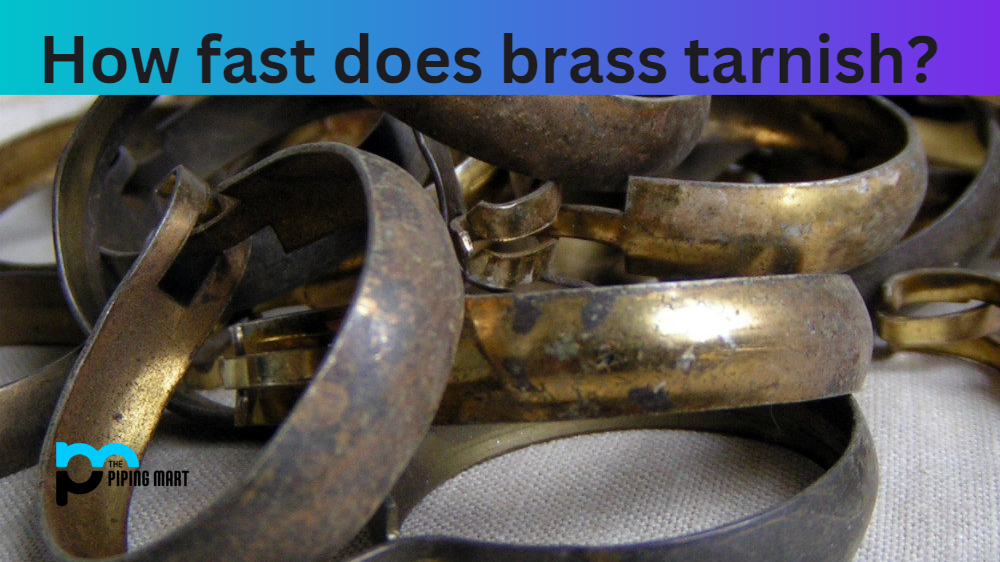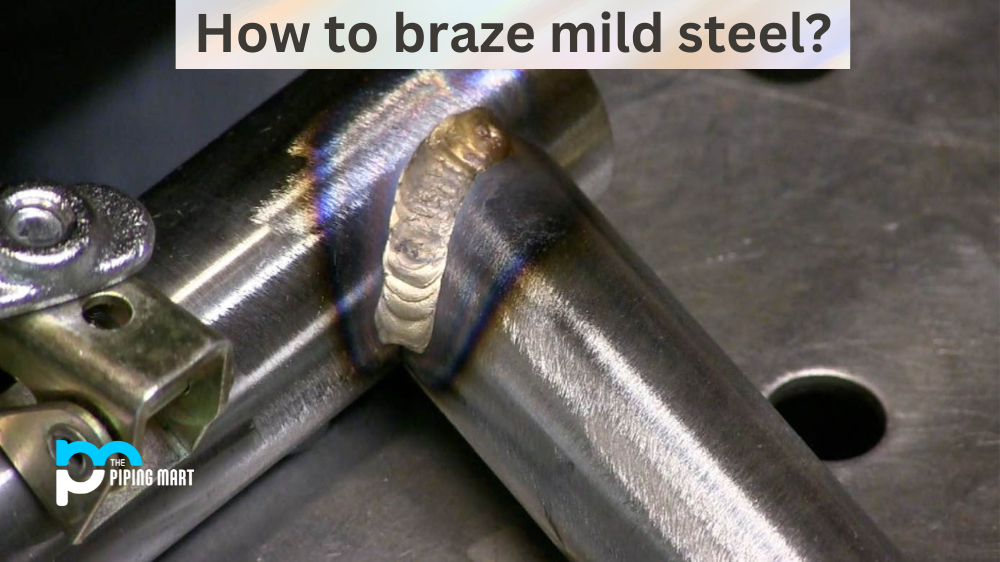Brass is a versatile metal commonly used for various household and industrial applications. It’s strong, durable, and relatively inexpensive. However, it does have one major disadvantage—brass tarnishes quickly. Depending on exposure to air or moisture, brass can start to look dull in as little as a few days. This blog post will explore what causes brass to tarnish and how fast it happens.
What Causes Brass to Tarnish?
Tarnishing is when metals exposed to air and moisture oxidize, resulting in surface discolouration. This oxidation can cause the brass to take on an orange-brown hue, making it look not very interesting and aged over time. Tarnishing occurs when oxygen combines with the copper found in brass; this causes a thin layer of corrosion to form on the metal’s surface, which gives it that distinctive colour change. The more exposure brass has to air or moisture, the faster it will tarnish.
Factors That Affect Tarnishing Speed
The rate at which brass tarnishes depends mainly on environmental factors such as humidity levels, temperature, and air quality. If you live in an area with high levels of humidity or pollution, your brass items may show signs of tarnishing much faster than those kept in a dryer environment with cleaner air quality. Additionally, if you use your brass items frequently (i.e., doorknobs), they are likely to tarnish more quickly due to increased contact with air and moisture from your hands.
How Can You Prevent Tarnishing?
Fortunately, there are several steps you can take to protect your brass items from discolouration caused by oxidation and tarnish. One option is to apply a clear coat of lacquer or paint over the item; this will prevent oxygen from reaching the metal’s surface and reduce its chance of becoming dull over time. Additionally, you can minimize exposure by wiping down your brass items regularly with a soft cloth dampened with soapy water; this will help remove any dirt or dust particles that could speed up the tarnishing process if left unchecked. Finally, avoid storing your brass items in damp areas such as basements or garages; instead, opt for dry rooms like closets or pantries where temperatures remain consistent throughout the year.
Conclusion:
When exposed to air or moisture for extended periods, brass will begin to take on an orange-brown hue caused by oxidation of its copper content—this is known as tarnishing. The rate at which this happens depends largely on environmental factors such as humidity levels, temperature, and air quality. Fortunately, there are several steps you can take to protect your brass items from discolouration, including applying a clear coat lacquer, wiping them down regularly, and avoiding storage in damp areas. Taking these precautions now will ensure that your prized possessions won’t succumb too quickly to the too-dreaded dulling effect of tarnish!

A passionate metal industry expert and blogger. With over 5 years of experience in the field, Palak brings a wealth of knowledge and insight to her writing. Whether discussing the latest trends in the metal industry or sharing tips, she is dedicated to helping others succeed in the metal industry.




